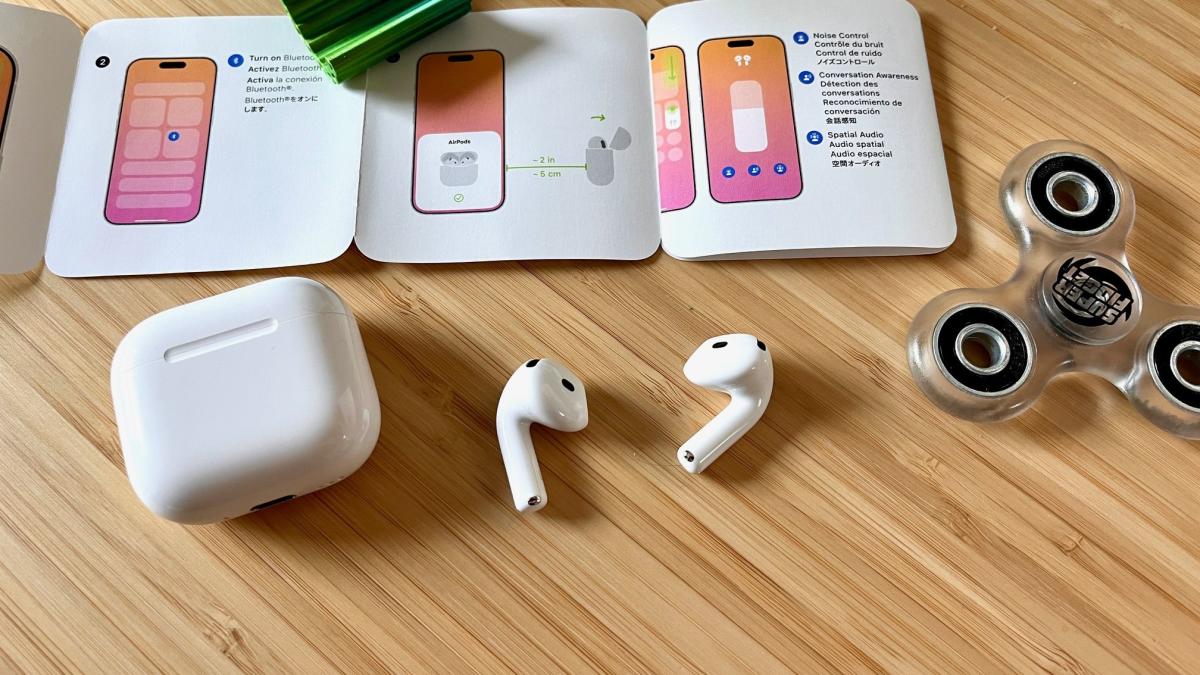Apple just rolled out macOS Sequoia 15.4 beta 4 for developers. This update comes a week after the last one, and here’s what you need to know.
Beta 4: Fixing Bugs Before the Big Release
The third beta last week focused on fixing bugs and making things run smoother. Beta 4, released today, seems to follow the same path. There’s not much time left for big changes since the public version is coming soon—likely in early April, alongside iOS 18.4. That’s just a few weeks away!
So far, macOS 15.4 brings some cool stuff like:
- A fresh look for Apple Mail with inbox sorting
- Seven new emoji for your keyboard
- Easy device pairing with Proximity Pairing
- A timer for verification codes in the Passwords app
- A sketch style for creating drawings in Image Playground
- Plus a few smaller tweaks
If anything new pops up in beta 4, we’ll let you know. To get this update, go to System Settings > General > Software Update on your Mac. If you don’t see it, tap the ‘i’ button and check that Beta Updates are on.
Other Apple Updates: Vision Pro, Apple TV, and More
Apple also dropped beta 4 for visionOS 2.4, watchOS 11.4, tvOS 18.4, and HomePod 18.4. Developers can grab these now.
Vision Pro gets the spotlight with visionOS 2.4. It’s adding Apple Intelligence features for the first time, plus a guest mode upgrade and a Spatial Gallery app. For Apple TV 4K, tvOS 18.4 spruces up the TV app with:
- A big plus button to add shows to your Watchlist
- Clear episode schedules
- Updated fonts and icons
No big news yet for watchOS 11.4 or HomePod 18.4, but they’ll likely get the usual bug fixes and speed boosts.
What’s Next?
With the public release nearing in early April, these beta 4 updates are mostly about making things stable. No huge surprises are expected today, but the good news is you won’t wait long to try them yourself—no developer account needed!
iOS 18.4 and iPadOS 18.4 Beta 4 Too
Apple also shared the fourth betas of iOS 18.4 and iPadOS 18.4. Look for them in Settings > General > Software Update. They bring Priority Notifications to highlight key alerts, a Food section in Apple News+, and a sketch style for Image Playground. Plus, there’s relaxing Ambient Music in Control Center and more emoji. These updates will land in early April too!





